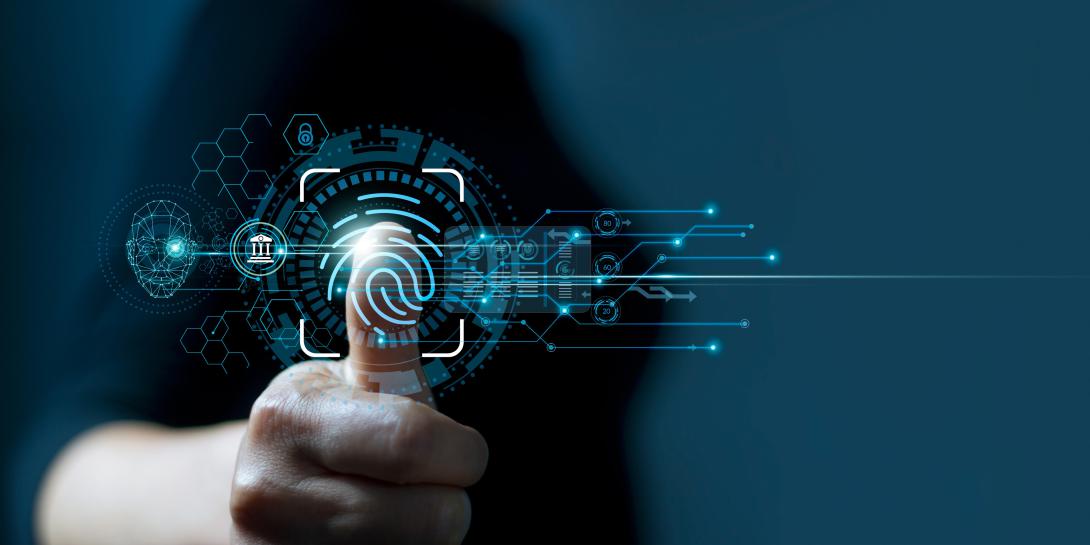SIGNAL Executive Video: Identity Is the New Battlefield in Cyberspace
Who you are, or more importantly, who your IT network thinks you are and what it allows you to do, is a crucial part of cybersecurity.
One’s identity in cyberspace is key to accessing its resources, and it is part of an ongoing battle between security teams and criminal and nation state-backed hackers trying to get in, explains Christian Lees, chief technology officer, Resecurity Inc.
Identifying an identity-based threat not only helps individuals, but entire organizations as well. “If we can help fast track the detection of a threat, that’s our role,” Lees told SIGNAL Magazine Senior Editor Kimberly Underwood in an SIGNAL Media Executive Video discussion.
Resecurity chose to focus on identity because “at no other time in history, other than the present, have cyber criminals or any other bad actor had such ease of access to tremendously rich data streams,” he said.
Additionally, hackers have become adept at piecing together stolen data to recreate identities. Lees notes that thanks to the massive amounts of data at their disposal, bad actors can do this in near-real time.
Another reason Resecurity chose identity as its new battlefield is the need to protect such data from criminal misuse. Identity-based attacks can resemble a duel where the attackers and defenders face each other in cyberspace. It is here where the defender can quickly stop such a threat, which is why the company chose to focus on identity, he said.
But while Resecurity chose identity as its battlefield to fight cyber crime, defining “identity” in the digital world can be difficult because it can be many things. “Is it my browsing history? Is it my Social Security [number]? Is it my first name, last name, date of birth?” notes Lees.
However it’s defined, identity is important and protecting it is a growing problem, one that touches all of us. “Every single internet user’s data has been breached in some fashion,” he said.
Stolen identities or credentials are behind some 70 percent of reported cyber incidents, Lees explains. He adds that the second highest reported type of data breach is inadvertently leaked information that is unsecured on the cloud due to misconfiguration or accident.
Identity-based attacks can affect organizations at every level. Lees notes that large entities such as Amazon and Microsoft are very sophisticated in their cyber defense and have invested lots of money into their infrastructure and people, yet they are still regularly targeted by identity-based cyber campaigns from criminal and nation state-backed cyber groups.
Companies and government agencies of all sizes can protect themselves by following security compliance frameworks, although he cautions that compliance can be difficult for companies with large existing network infrastructures.
“The more compliance becomes our first step, I do believe it will help identity [security],” he said.





Comments